Jamie Oliver Ciabatta Bread Recipe
This Jamie Oliver Ciabatta Bread recipe makes a rustic Italian loaf that’s great for dipping into soups and sauces. This bread’s high moisture yields a deliciously chewy middle and a plethora of random holes.
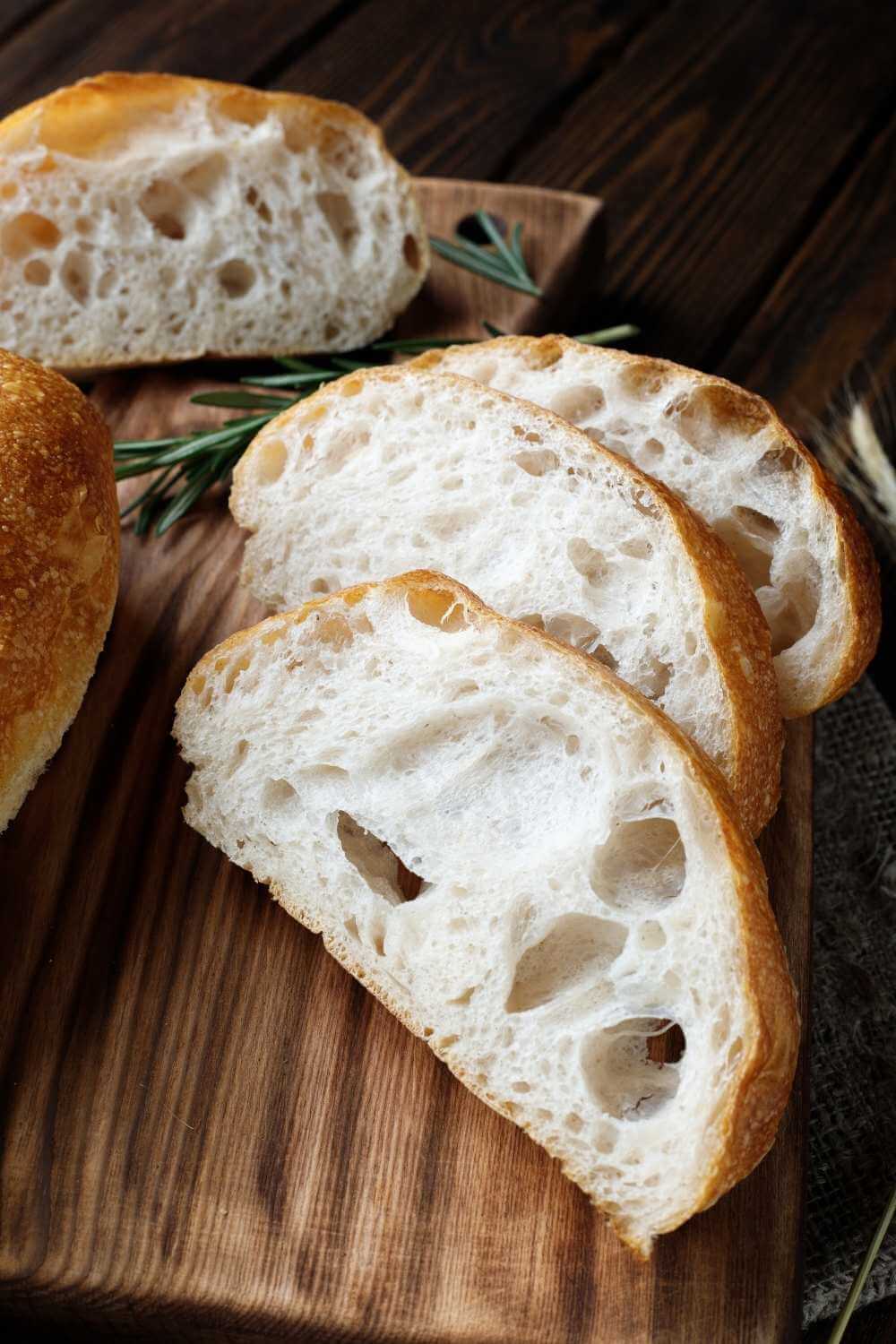
Why You’ll Love This Jamie Oliver Ciabatta Bread:
- If you follow all of the stages and directions in this straightforward Jamie Oliver ciabatta bread recipe, you can’t go wrong.
- You only need a few basic materials that you probably already have in your cupboard.
- This Jamie Oliver ciabatta bread requires no special equipment to create.
- The ciabatta bread recipe is quite adaptable: you may make the dough in the evening and bake the bread the next day, or even 48 hours later.
- You may prepare a large batch of ciabatta buns, freeze them, and use them as required.
- Last but not least, you’ll get to eat aromatic, crusty, and simply wonderful ciabatta bread while filling your home with beautiful perfume.
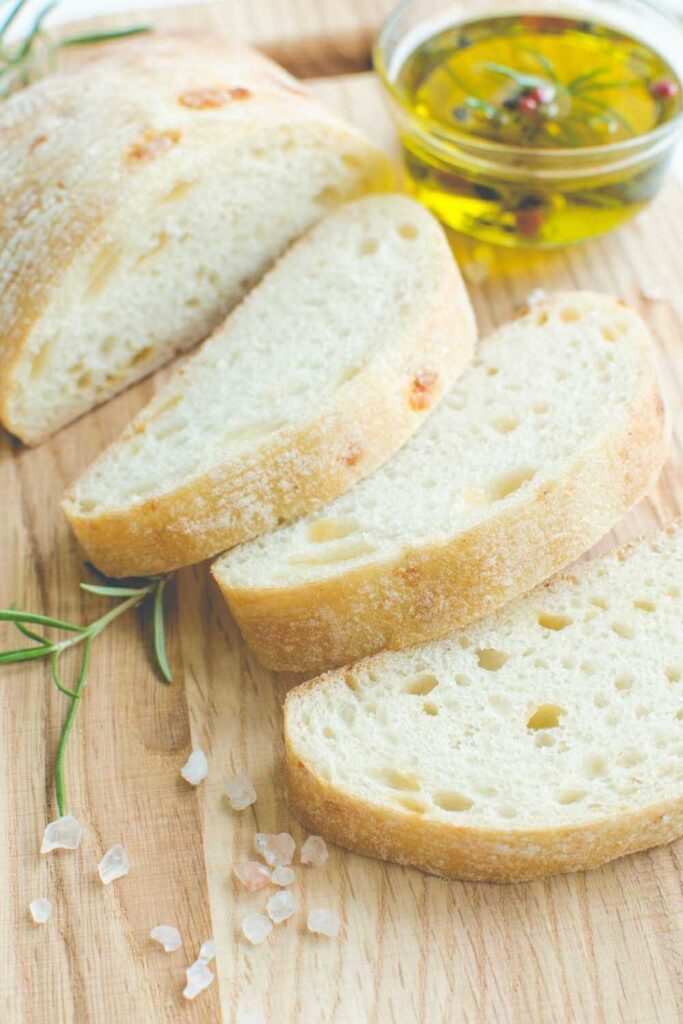
What is Ciabatta Bread?
Ciabatta is an Italian bread having a crunchy crust on the surface and a soft, airy inside. The interior crannies are ideal for absorbing seasoned oil, sauces, and dips. Ciabatta bread is also excellent for sandwiches.
Ingredients That You’ll Need:
- Bread flour: is required for the bread to have a firm texture.
- You can use either instant or active dry yeast: Either option will suffice. Just make sure you’re using a reputable brand like Red Star.
- Water: this bread contains a lot of water, and it’s the only liquid called for in the recipe.
- Salt: enhances the taste of ciabatta bread while also inhibiting fermentation and enzyme activity in the dough. It also helps to sustain and strengthen volume.
How To Make Jamie Oliver Recipe Ciabatta Bread?
Make the pool appealing:
- In a medium mixing dish, combine the flour, water, and yeast.
- Stir with a wooden spoon until the mixture is smooth and completely blended.
- Cover with plastic wrap and set aside to ferment for 15 to 20 hours at room temperature.
Prepare the dough:
- In the bowl of a stand mixer fitted with the paddle attachment, combine the poolish and all dough ingredients. Mix on low speed for 2 minutes, or until all of the flour is moistened. Increase the speed to medium-low and mix for about 6 minutes, or until the dough forms a mass and pulls away from the edges of the bowl.
- Switch to the dough hook attachment and mix on medium-low for about 10 minutes, or until the dough is smooth and glossy. Like batter, the dough will be soft, moist, and sticky.
- Using olive oil or nonstick spray, lightly cover the interior of a big mixing bowl. Scrape the dough into the basin using a silicone dough scraper. Allow rising for 1 hour at room temperature, covered in plastic wrap.
- Grab one side of the dough with a greased scraper or moist hands and gently raise and stretch it over the top of itself. Stretch the same manner by turning the bowl 180 degrees. Make a 90-degree turn, extend, and fold. To stretch and fold the final side, turn it 180 degrees. Turn the dough over so that the bottom is now on top. Allow 45 minutes to rest at room temperature after covering with plastic wrap. Fold two more times, then cover with plastic wrap and set aside for 45 minutes between each time.
- One oven rack should be in the lower-third position (just below the middle) and the other should be at the very bottom. On the bottom rack, place a cast-iron skillet, and on the top rack, place an inverted baking sheet. Preheat the oven to 450 degrees Fahrenheit. To guarantee that the oven is hot enough, allow it to preheat for at least an hour.
- Dust your work area generously with flour and slip the dough out of the bowl onto the worktop. Be delicate here so you don’t deflate the dough, and handle it as little as possible. Dust the top of the dough with flour liberally. Carefully manage the dough from the sides to make a square using 2 well-floured bench scrapers. Avoid putting pressure on the dough’s surface.
- In the center of the square, cut the dough in two. Using the bench scrapers to handle the sides, gently form each half into loaves.
- Place a layer of parchment paper across the top of a large baking sheet that has been inverted. Flour the surface generously. Slide both bench scrapers under both ends of the dough and transfer it to the parchment paper that has been prepared. Carry on with the rest of the bread. As you shape each loaf into a rectangle, lightly probe the surface with your fingertips.
- To keep the loaves from drying out, cover them with a lint-free towel. Proof for 30 minutes in a draft-free area until puffy and the surface produces little bubbles.
- Prepare 1 cup of ice. Mist the loaves with water and, using a jerking motion, carefully move the parchment with the loaves onto the hot baking sheet in the oven. Drop the ice into the cast-iron pan on the lowest rack right away. Close the oven door quickly.
- Bake for 25-35 minutes, or until the crust is a deep golden brown. The interior temperature of the bread should be between 210 and 215 degrees Fahrenheit. Allow cooling fully on a wire rack before slicing and serving.
What To Serve With Jamie Oliver Ciabatta Bread?
When serving Jamie Oliver Ciabatta Bread for lunch, match it with light soups and salads from the list below:
- Frog Eye Salad
- Chicken Tagine
- Chili Lime Meatballs
- Ham Salad
- zucchini soup
- Broccoli Salad
- Orzo Salad With Feta
How To Store Jamie Oliver Ciabatta Bread?
- In The Fridge: The Jamie Oliver Ciabatta Bread should not be refrigerated. This will usually dry it out.
- In-Room –Temperature: Wrap cooled Jamie Oliver Ciabatta Bread in aluminum foil and store at room temperature for up to 2 days. The crust will soften, but it may be crisped up by toasting it.
- In The Freezer: If you keep the Jamie Oliver Ciabatta Bread in the freezer, it will last for up to three months. Wrap the loaves in double layers of plastic wrap, then double layers of aluminum foil once they’ve cooled. Reheat the frozen loaves in the oven as desired.
How To Reheat Jamie Oliver Ciabatta Bread?
In The oven:
- Preheat the oven to 350 degrees Fahrenheit.
- The remainders Aluminum foil may be used to wrap Jamie Oliver’s ciabatta bread.
- Reheat for 10 to 15 minutes in the oven
- After removing the foil, bake for 3 minutes more.
In The Microwave:
- Use the remaining Jamie Oliver ciabatta bread, and cut it into slices.
- Place each slice on a platter that can be microwaved.
- Reheat your ciabatta bread for one minute, covered.
- Allow for a longer time if required, but make sure to check every 30 seconds.
In The Air Fryer:
- Preheat the air fryer to 350 degrees Fahrenheit.
- Cut the Jamie Oliver ciabatta bread into slices.
- Use Aluminum foil to cover the slices.
- Reheat for 5 minutes in the air fryer.
- It will take another minute or two for the ciabatta bread to get crispy.
Recipe Tips
- Because the sponge must be created a day ahead of time, plan.
- This bread’s dough is extremely moist and sticky. To keep it from adhering, a lot of external flour is required. If you over-flour the outside of the loaf, simply brush it off before spritzing it with water and baking it. To achieve this simply use a pastry brush
- The dough will bubble up and take on the appearance of a large marshmallow. When shaping it, be careful not to knock out all of the air. The air is responsible for the bread’s lovely uneven holes.
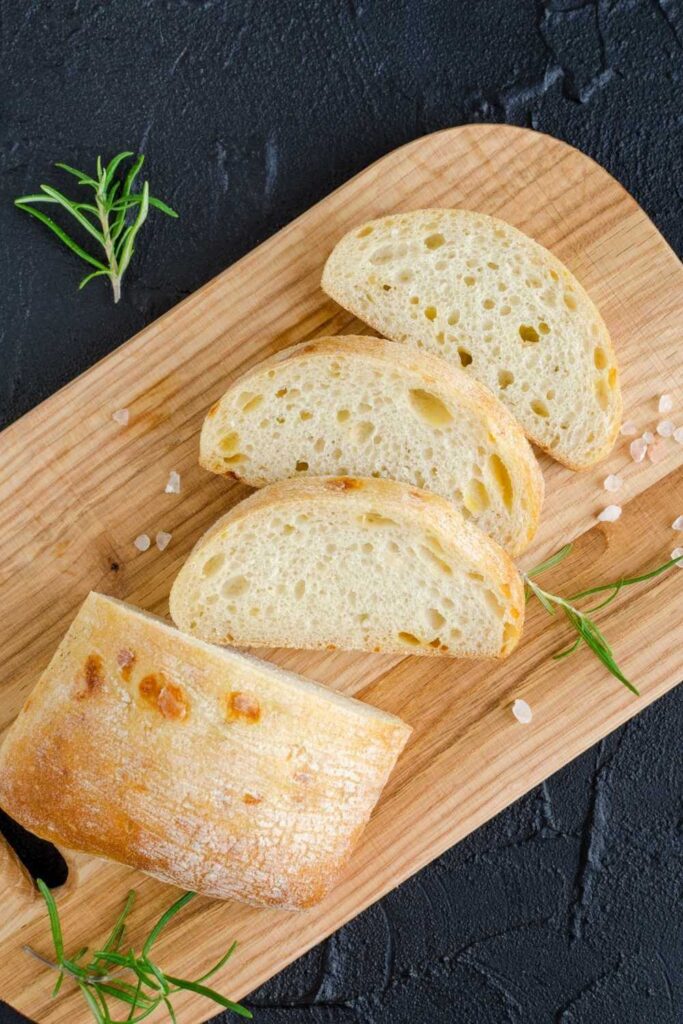
FAQ Section
Ciabatta bread is devoid of eggs. Flour, water, yeast, and salt are used to make it.
Ciabatta bread is sliced at an angle and drizzled with olive oil. It’s also great for dipping in soup or soaking up the sauce.
You may also build an Italian-style sandwich by slicing it lengthwise. Whatever method you choose to eat this bread, I’m confident you’ll be pleased with the texture and flavor.
The only distinction between these two loaves of bread is their moisture levels. Ciabatta is cooked with a significantly greater moisture level, resulting in much larger holes inside the dough than a baguette. Ciabatta is also made with considerably stronger flour that has a more delicate and sweet flavor.
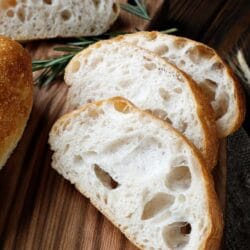
Jamie Oliver Ciabatta Bread Recipe
Ingredients
For the poolish
- 1 ½ cups (200 g) bread flour
- 1 scant cup (200 ml) water room temperature
- ¼ teaspoon instant yeast
For the dough
- 2 ⅔ cups (350 g) bread flour
- 1 cup (240 ml) water room temperature
- 2 teaspoons salt
- ½ teaspoon instant yeast
Instructions
Make the pool appealing:
- In a medium mixing dish, combine the flour, water, and yeast.
- Stir with a wooden spoon until the mixture is smooth and completely blended.
- Cover with plastic wrap and set aside to ferment for 15 to 20 hours at room temperature.
Prepare the dough:
- In the bowl of a stand mixer fitted with the paddle attachment, combine the poolish and all dough ingredients. Mix on low speed for 2 minutes, or until all of the flour is moistened. Increase the speed to medium-low and mix for about 6 minutes, or until the dough forms a mass and pulls away from the edges of the bowl.
- Switch to the dough hook attachment and mix on medium-low for about 10 minutes, or until the dough is smooth and glossy. Like batter, the dough will be soft, moist, and sticky.
- Using olive oil or nonstick spray, lightly cover the interior of a big mixing bowl. Scrape the dough into the basin using a silicone dough scraper. Allow rising for 1 hour at room temperature, covered in plastic wrap.
- Grab one side of the dough with a greased scraper or moist hands and gently raise and stretch it over the top of itself. Stretch the same manner by turning the bowl 180 degrees. Make a 90-degree turn, extend, and fold. To stretch and fold the final side, turn it 180 degrees. Turn the dough over so that the bottom is now on top. Allow 45 minutes to rest at room temperature after covering with plastic wrap. Fold two more times, then cover with plastic wrap and set aside for 45 minutes between each time.
- One oven rack should be in the lower-third position (just below the middle) and the other should be at the very bottom. On the bottom rack, place a cast-iron skillet, and on the top rack, place an inverted baking sheet. Preheat the oven to 450 degrees Fahrenheit. To guarantee that the oven is hot enough, allow it to preheat for at least an hour.
- Dust your work area generously with flour and slip the dough out of the bowl onto the worktop. Be delicate here so you don’t deflate the dough, and handle it as little as possible. Dust the top of the dough with flour liberally. Carefully manage the dough from the sides to make a square using 2 well-floured bench scrapers. Avoid putting pressure on the dough’s surface.
- In the center of the square, cut the dough in two. Using the bench scrapers to handle the sides, gently form each half into loaves.
- Place a layer of parchment paper across the top of a large baking sheet that has been inverted. Flour the surface generously. Slide both bench scrapers under both ends of the dough and transfer it to the parchment paper that has been prepared. Carry on with the rest of the bread. As you shape each loaf into a rectangle, lightly probe the surface with your fingertips.
- To keep the loaves from drying out, cover them with a lint-free towel. Proof for 30 minutes in a draft-free area until puffy and the surface produces little bubbles.
- Prepare 1 cup of ice. Mist the loaves with water and, using a jerking motion, carefully move the parchment with the loaves onto the hot baking sheet in the oven. Drop the ice into the cast-iron pan on the lowest rack right away. Close the oven door quickly.
- Bake for 25-35 minutes, or until the crust is a deep golden brown. The interior temperature of the bread should be between 210 and 215 degrees Fahrenheit. Allow cooling fully on a wire rack before slicing and serving.
Notes
- Because the sponge must be created a day ahead of time, plan.
- This bread’s dough is extremely moist and sticky. To keep it from adhering, a lot of external flour is required. If you over-flour the outside of the loaf, simply brush it off before spritzing it with water and baking it. To achieve this simply use a pastry brush
- The dough will bubble up and take on the appearance of a large marshmallow. When shaping it, be careful not to knock out all of the air. The air is responsible for the bread’s lovely uneven holes.

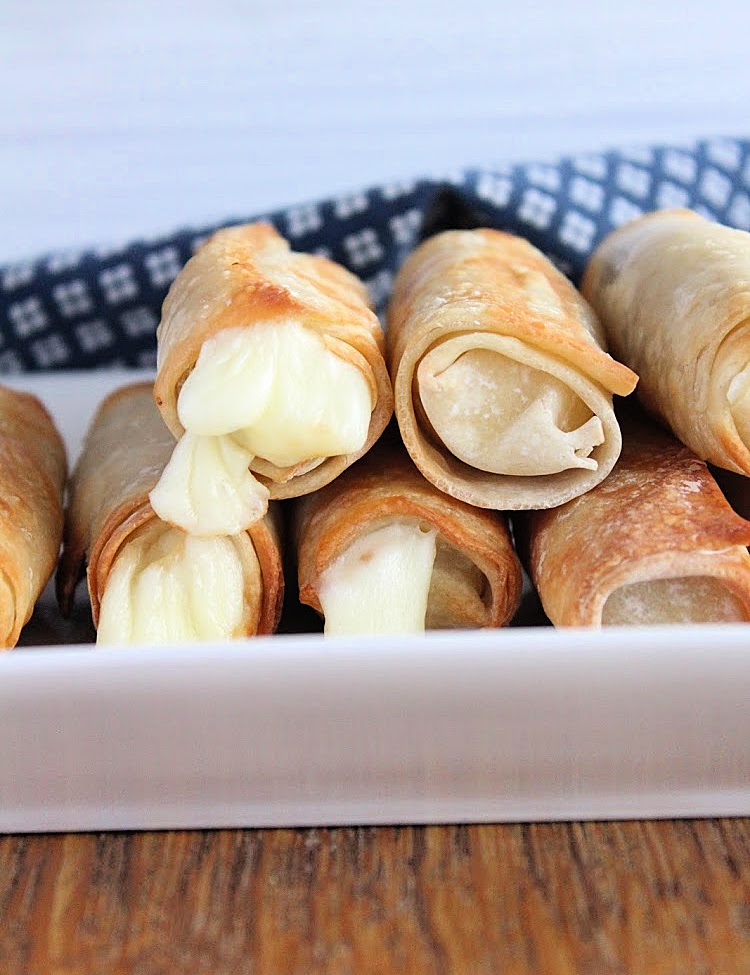

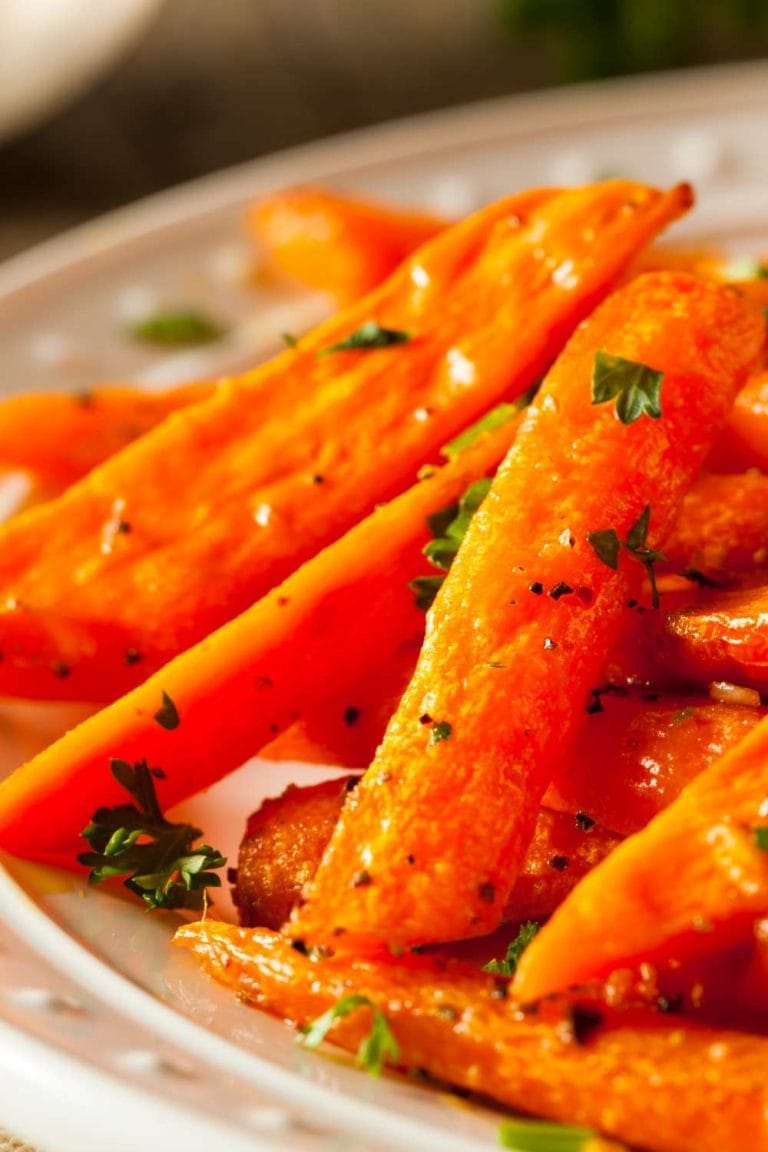
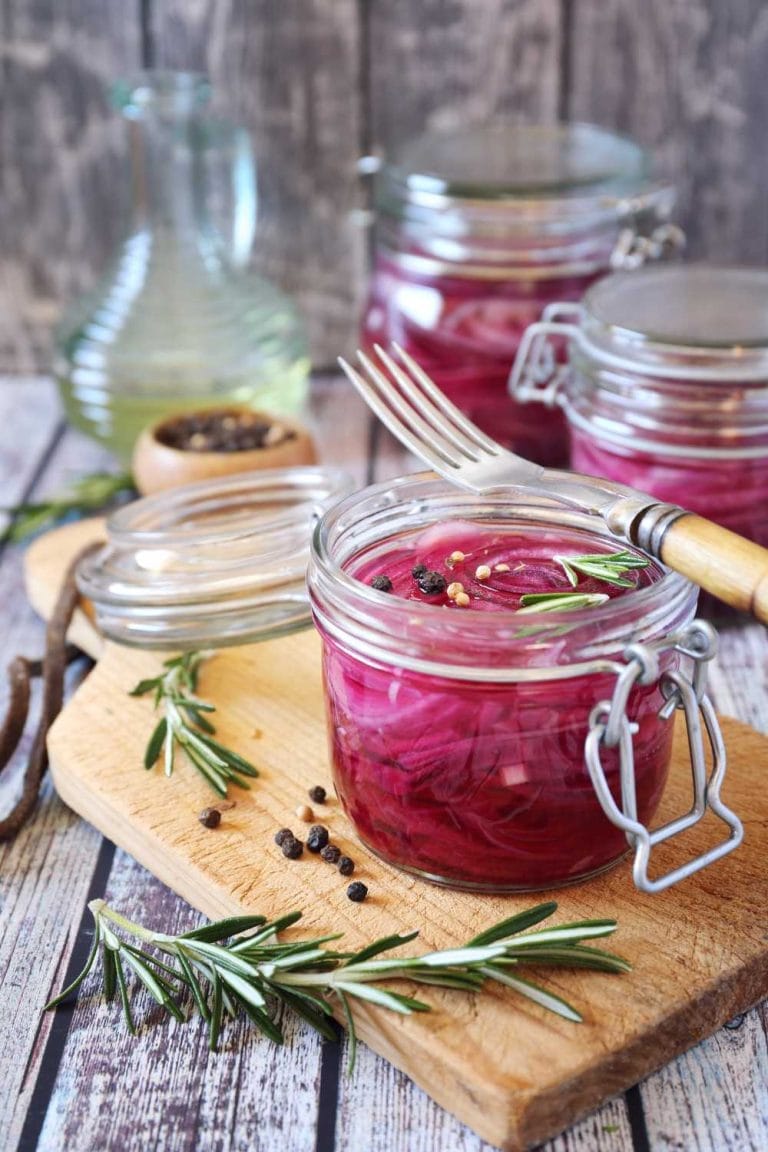
I need to bulk this recipe to at least 6 loaves . Do the quantities change? My stand mixer takes 3kg of dough at a time.
This recipe is quite a project, but well worth having a go at it!